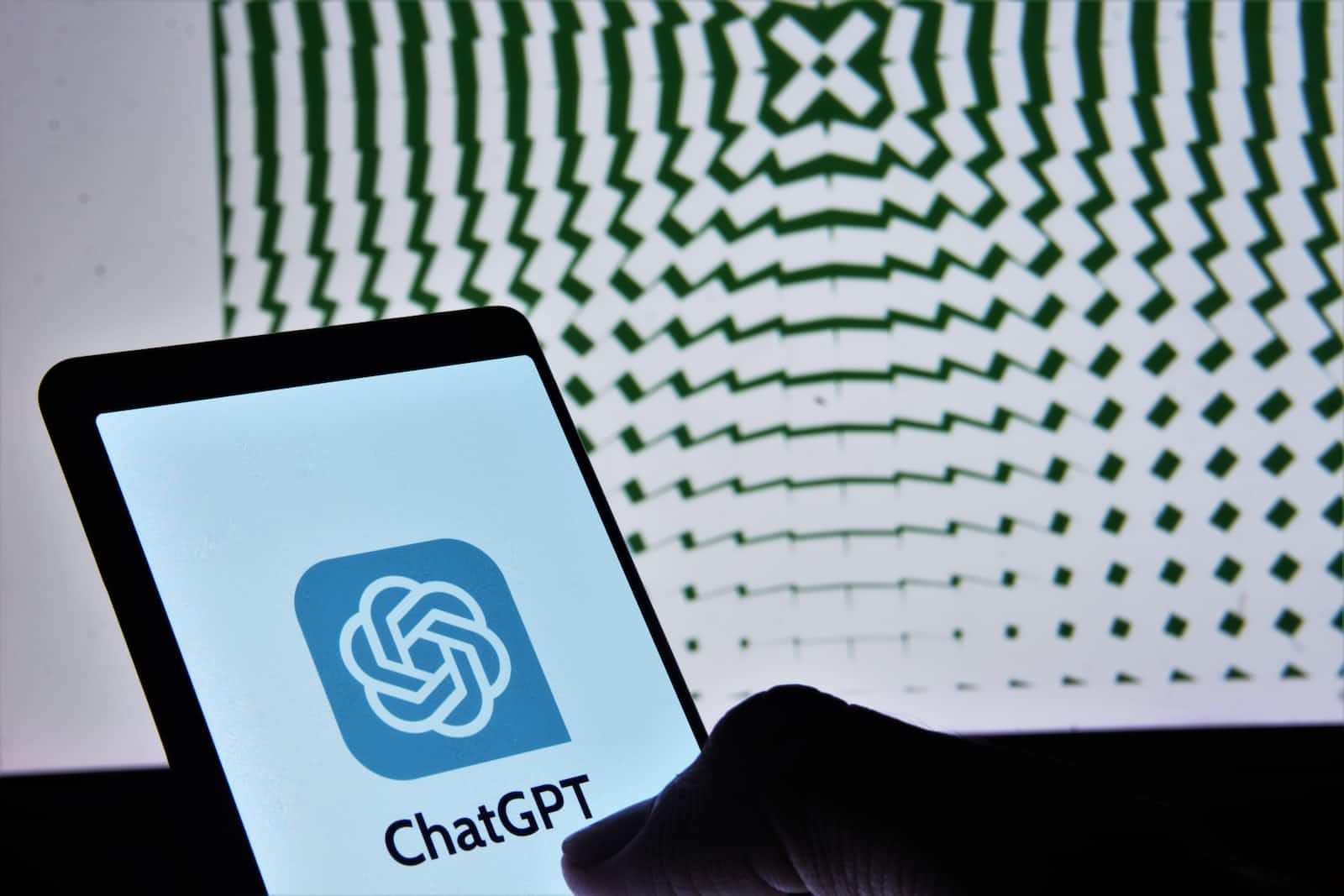Unlocking the Power of AI: A Guide to Crafting Effective Prompts for GPT-3.5"
 Kwabena Sapong
Kwabena Sapong
In the era of Artificial Intelligence (AI), seeking assistance from language models like OpenAI's GPT-3.5 has become increasingly common. These AI models can help us with a wide range of tasks, from generating text to organizing data in a structured format like an Excel-style table. However, to get the most out of AI assistance, it's essential to know how to craft prompts effectively.
Whether you're a seasoned AI user or a newcomer, writing prompts that clearly convey your requirements is crucial. In this guide, we'll walk you through the best practices for composing prompts on platforms like Twitter to achieve accurate and useful AI responses.
State Your Objective: Begin by stating the specific objective or information you need from the AI model. This sets the context and helps the AI understand your request better.
Be Clear About the Output: Clearly specify the desired output format, such as an Excel-style table, a list, or any other format that suits your needs.
Provide Specific Instructions: Give explicit instructions to the AI model, ensuring it interprets your requirements accurately.
Adapt and Improve: If the initial response is not ideal, provide feedback and guidance to help the AI generate a better output.
Request Missing Information: If certain details are missing from the initial response, prompt the AI model to request that information explicitly.
Customize and Organize: Once you receive the AI-generated content, consider post-processing and customization to make it perfectly tailored to your needs.
By following these guidelines, you can harness the power of AI to enhance your productivity and creativity. Let's dive into the specifics of writing effective prompts for AI assistance!
(Note: The examples in this guide are based on interactions with the AI model and may not represent real data or specifications. Always verify information obtained from AI models for critical applications.)
- Objective Statement: When seeking assistance from AI models like OpenAI's GPT-3.5, clearly state the objective of your task or the specific information you need. Starting with a concise objective statement helps the AI model understand your request accurately.
Example: "Help me create an Excel-style table for electrical wiring specifications with columns for index, part, description, wire type, quantity, power requirements, and voltage."
- Desired Output Format: Specify the desired output format you want the AI model to generate. Whether it's an Excel-style table, a list, a paragraph, or any other format, be clear about it.
Example: "I need the information presented in the form of an Excel-style table with columns organized as follows: Index, Part, Description, Wire Type, Quantity, Power Requirement (KW), and Voltage (V)."
- Specific Instructions: Be explicit in your instructions to ensure the AI model understands your requirements accurately. Include any specific formatting details or guidelines, if applicable.
Example: "Separate wire quantity, IEC wire type, and power requirements for each part in the 'Description' column. Use '0V' to indicate voltage in the 'Voltage (V)' column when it's not provided."
- Adapting the Responses: If the AI model's initial response is not comprehensive or needs modification, you can provide clear feedback to guide it in generating a better output.
Example: "Please include power requirements (in KW) and voltage (in V) for each part based on the given text. If certain information is missing, use placeholders (e.g., ' - ') to indicate missing data."
- Completing the Responses: In cases where specific details are missing from the initial response, prompt the AI model to request that information explicitly from you.
Example: "Can you provide the power requirements (in KW) for the pump motors? Also, let me know the voltage (in V) for the incoming power line."
- Post-Processing and Customization: After receiving the AI model's response, encourage users to copy the generated information and paste it into an Excel spreadsheet or any other application for further customization and organization.
Example: "Copy the provided table and paste it into an Excel spreadsheet to add specific power requirements and voltage values, if available. You can further customize the table to suit your needs."
Remember to be patient with the AI model and iterate on your prompts if necessary to achieve the desired results. With clear and specific instructions, you can effectively use AI to assist you in various tasks! #AIAssistance #GPT3 #TipsandTricks
(Note: The examples provided in this guide are based on previous interactions with the AI model and may not represent real data or specifications.)
#AIAssistance #GPT3 #TipsandTricks #ArtificialIntelligence #AI #Hashnode
Subscribe to my newsletter
Read articles from Kwabena Sapong directly inside your inbox. Subscribe to the newsletter, and don't miss out.
Written by

Kwabena Sapong
Kwabena Sapong
👋 Hi there! I'm Kwabena, a Freelance Full Stack Software Engineer with a passion for turning ideas into reality through coding wizardry ✨. 🚀 With over a decade of experience in Electrical and Electronics Engineering, I have ventured into the world of software development, mastering a diverse range of programming languages and frameworks, including HTML, CSS, JavaScript, Python, and C#. 💡 My goal is to craft seamless and responsive web applications that not only function flawlessly but also deliver exceptional user experiences. I'm a firm believer in continuous learning, staying up-to-date with the latest tech trends to bring fresh and innovative ideas to the table. 🤝 Collaboration is at the heart of my work style. I love engaging with clients and fellow developers to bring projects to life. From managing power systems to leading teams, I have a knack for problem-solving and ensuring projects run smoothly from start to finish. 🎓 When I'm not coding, you can find me sharing my knowledge and experiences with the developer community, or honing my skills in various tech courses and certifications. 📧 Let's connect and discuss how we can collaborate on exciting projects or just geek out about all things tech! Feel free to reach me at kwabenasapong@gmail.com or through the Hashnode messaging system. Looking forward to networking with fellow tech enthusiasts and creating amazing software solutions together!